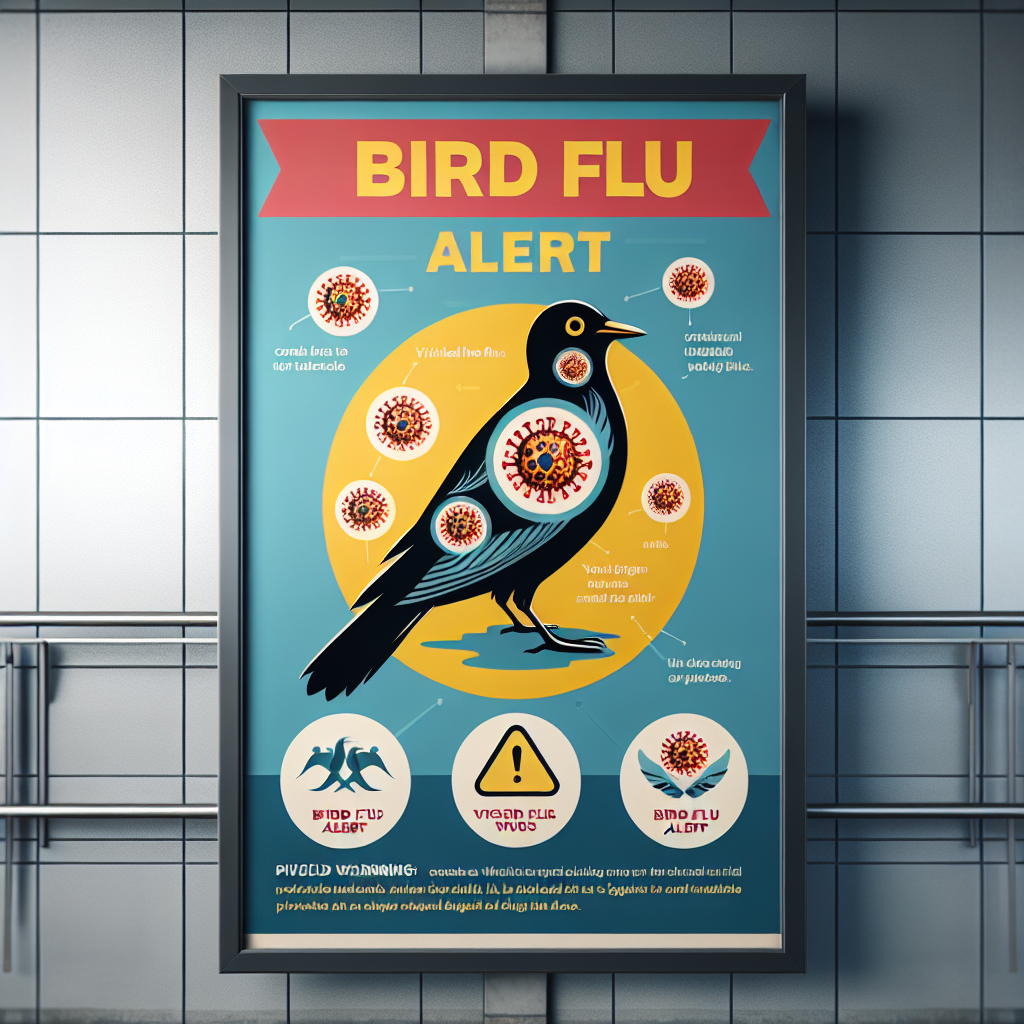Skyrocketing cow prices got you worried? Find out what’s happening and how to avoid this financial challenge.
Summary: Hey there, do you ever feel like you’re shelling out more cash than ever for your replacement cows? Well, you’re not alone. According to the latest USDA estimates, prices for U.S. replacement dairy cows reached a record-breaking $2,360 per head in July 2024. That’s a whopping 34% increase from July 2023 and a 10% spike from April 2024. The surge isn’t limited to a few states—it’s happening across the board, affecting farmers from Wisconsin to Texas. Kansas, South Dakota, and Texas also felt the pinch. Why the spike? Limited heifer availability and slightly improved milk revenue margins drive these costs sky-high. The cull cow market also set a record-high average price of $138 per cwt in June 2024 due to fewer cows being slaughtered and a scarcity of heifers. Many dairy farms feel the heat and wonder about long-term impacts on their bottom line.
- The price of U.S. replacement dairy cows hit a record of $2,360 per head in July 2024, up 34% from the previous year.
- Prices have surged by 10% since April 2024, affecting farmers nationwide, including Wisconsin, Kansas, South Dakota, and Texas.
- Limited availability of heifers and slightly improved milk revenue margins are critical factors behind the price increase.
- Average cull cow prices also reached a record high of $138 per cwt in June 2024, driven by reduced slaughter and heifer scarcity.
- Many dairy farms are questioning the long-term effects on their financial health due to these rising costs.

Have you ever felt like the earth was moving under your feet? It may be, mainly if you are a dairy farmer. Replacement cow prices in July 2024 rose to an all-time high of $2,360 per head, a remarkable 10% rise from a few months before and a whopping 34% increase from the previous year. The increase in replacement cow prices is extraordinary. Farmers must be aware of the potential consequences. Rising prices may increase expenses and reduce profit margins for dairy farms. Are you prepared to manage these changes? Consider what this implies and how you may navigate these difficult times.
| Dairy State | July 2023 Price | April 2024 Price | July 2024 Price | Year-Over-Year Increase |
|---|---|---|---|---|
| Wisconsin | $1,620 | $2,120 | $2,360 | $740 |
| Ohio | $1,650 | $2,100 | $2,360 | $710 |
| Texas | $1,660 | $2,110 | $2,360 | $700 |
| Minnesota | $1,660 | $2,100 | $2,360 | $700 |
Unprecedented Surge in Cow Prices: Are You Prepared for the Impact?
Okay, let’s go into the most recent USDA estimates. You’ve undoubtedly seen that costs for replacement dairy cows have skyrocketed. In July 2024, the average price reached an all-time high of $2,360 per person. To put things in perspective, that’s a $240 increase—or 10%—from the high in April 2024. And if we compare that to July 2023, the price has increased by $600, or 34%.
Consider this: this isn’t just a slight increase but a significant one. These data are more than numbers; they represent the economic challenges you likely face on your farm. But remember, you can adapt your budgets or make any operational changes. It’s a lot to take in, but you’re not alone.
Based on quarterly surveys of dairy producers in 24 core dairy states, the USDA’s estimates reflect national trends. These increases are not isolated incidents; all 24 central dairy states reported increased replacement cow costs this quarter. You are not alone in this.
Regional Price Hikes: Are You Feeling the Pinch, Too?
Have you observed that the price increases must be more consistent across the board? Let’s examine some current geographical variances.
Kansas, South Dakota, and Texas see significant growth. Farmers in these areas are paying far more for replacement cows than a year ago. For example, in Texas and Minnesota, costs have risen by $700 per person. That’s a huge jump.
However, more than just the Southern states are feeling the pressure. Up north, Wisconsin experienced a $740 per capita gain, while Ohio isn’t far behind with a $710 jump. These figures may affect your bottom line, particularly if you desire to increase or replace portions of your herd.
These jumps are driven by limited heifer availability and higher milk revenue margins. It has a countrywide impact, increasing the cost of maintaining or expanding your herd.
So, what do you think? Are these geographical disparities unexpected, or did you anticipate prices growing uniformly everywhere?
What’s Fueling These Sky-High Cow Prices? Let’s Dive In!
You’re undoubtedly wondering what’s driving the skyrocketing costs in the replacement cow market. The response focuses on significant trends in the dairy business.
First, let’s speak about replacement cows. In July 2024, the average price for these cows reached a record high of $2,360 per head. This is a massive increase from only a few months ago and a 34% increase from the previous year. Why has there been such a surge? This is due to a diminishing milking herd and inadequate replacement heifers. Defined, prices will rise when there is less supply and stable or increasing demand.
Then there’s the cull cow market, which reached a record-high average price of $138 per cwt in June 2024. This price increase follows the pattern of the previous month when prices had already broken records. One key reason is the reduction in the number of cows slaughtered. In June, only roughly 186,400 dairy cull cows were sold via U.S. slaughter factories, a considerable decrease from the previous year. With fewer cows being killed, those that remain demand a higher price.
Do you see a similar crunch on your farm? Due to the scarcity of heifers, everyone is hurrying to finish their barns, ultimately raising costs. It’s a complex cycle, but keeping educated might help you navigate the rough seas more efficiently.
How are you responding to these trends? Share your methods, and let’s work through this together.
Feeling the Financial Heat: How Are These Sky-High Cow Prices Hitting Your Bottom Line?
Now, speak about what’s important to you—how these price increases affect your pocketbook and farm operations. Do you feel the pinch yet? It’s no secret that replacing cows at these exorbitant costs may significantly impact your financial line. The effect is apparent for anybody managing a dairy farm, whether they operate a small operation with a few cows or a massive operation like Louriston Dairy.
Consider How the increase to $2,360 per person has impacted your budget. Are you rethinking your purchasing intentions now that prices have risen 34% from last year? These are crucial issues to consider. Increased expenses for replacement cows might result in lower profit margins and compel you to make difficult decisions. Do you postpone expanding to your herd, concentrate on improving the productive life of your current cows, or alter your breeding strategies?
These escalating expenditures can change your financial situation. According to the USDA, a decline in the sale of dairy cull cows and a scarcity of replacement heifers are significant causes. With fewer alternatives and more significant costs, each decision becomes more important. How are you dealing with the changes? Adjustments to your herd’s makeup and your farm’s long-term plans may be on the table.
Let’s Break Down the Numbers: What’s Happening?
Let us go into the statistics. The USDA’s most recent quarterly forecasts show that replacement dairy cow costs in the United States will average $2,360 per head in July 2024. That’s up $240 from April 2024 and $600 from July 2023, for a 34% gain over the previous year.
These data were compiled from quarterly polls conducted in 24 central dairy states and an annual study that included all states. It is important to remember that these prices represent transactions for cows with at least one calf sold for replacement rather than culling.
The increase is not confined to replacement cows. Average cull cow prices in the United States have also increased. Cull cow prices were $138 per cwt in June 2024, hitting a new record high and up $6 from the average of $132 per cwt in May. This came after beating the previous record established in the second half 2014.
When we focus on individual states, the price increases become much more pronounced. Wisconsin, for example, witnessed a $740 per capita rise, while Ohio’s rates increased by $710 per capita over the previous year. Texas and Minnesota’s replacement cow prices increased by $700 per head.
The delay in dairy cull cow marketing, caused partly by a reduced milking herd and a scarcity of replacement heifers, has also played a role. For example, in June 2024, the number of dairy cull cows sold via U.S. slaughter facilities decreased by 69,300 from the same month in 2023.
The Bottom Line
So, replacement cow prices reached an all-time high of $2,360 per head. This spike is seen across the central dairy states, and you’ve undoubtedly felt the pinch yourself. With cull cow prices also rising, the financial burden is palpable. Given these changes, considering the long-term implications for your dairy farm’s bottom line is critical. Are you ready to manage these changes, and can you afford not to adapt? It is time to rethink your strategy. Have you evaluated all your choices for remaining competitive in this turbulent market? Consider the actions you may take to ensure the long-term viability of your farm.














